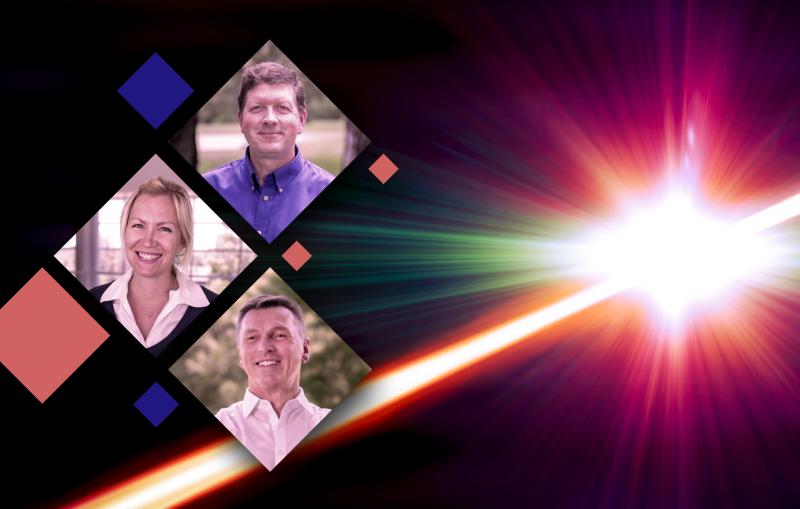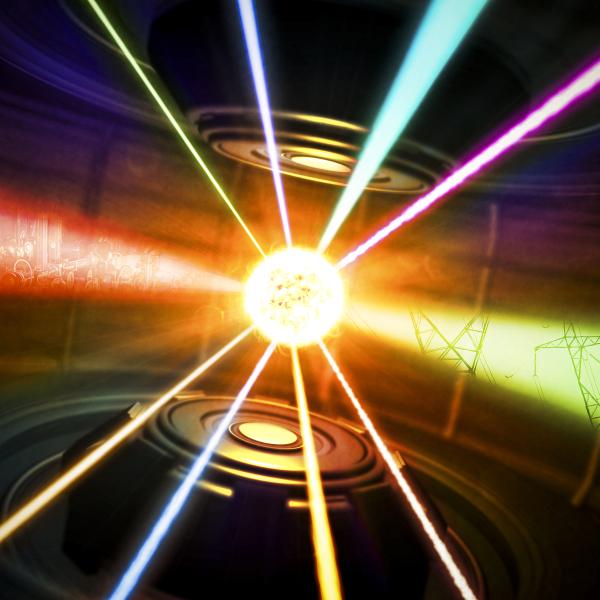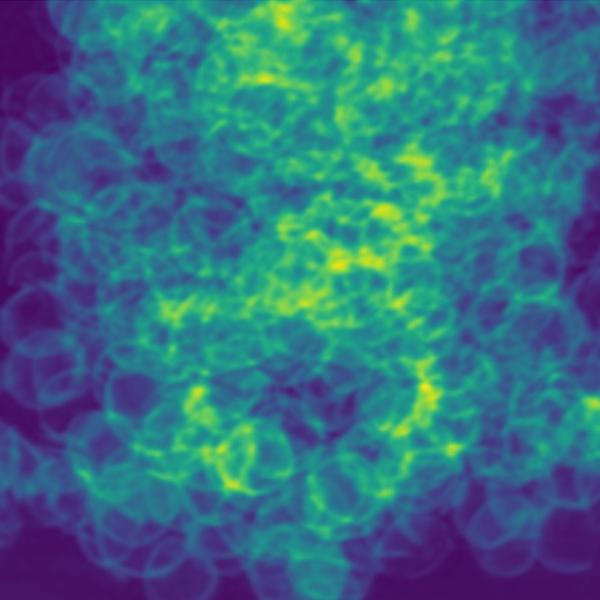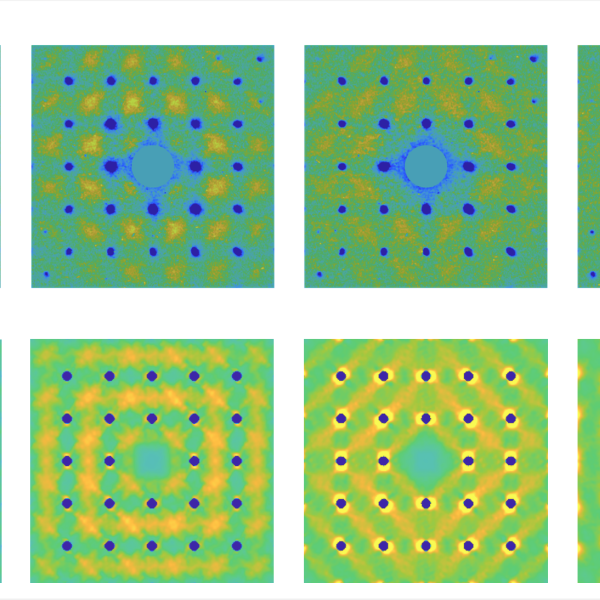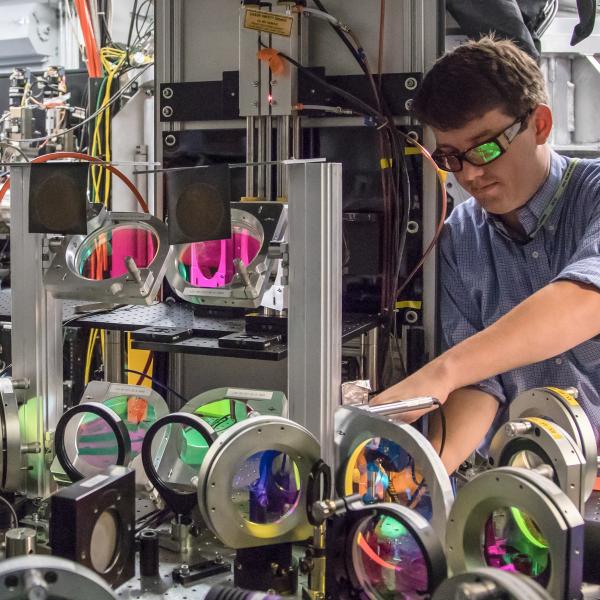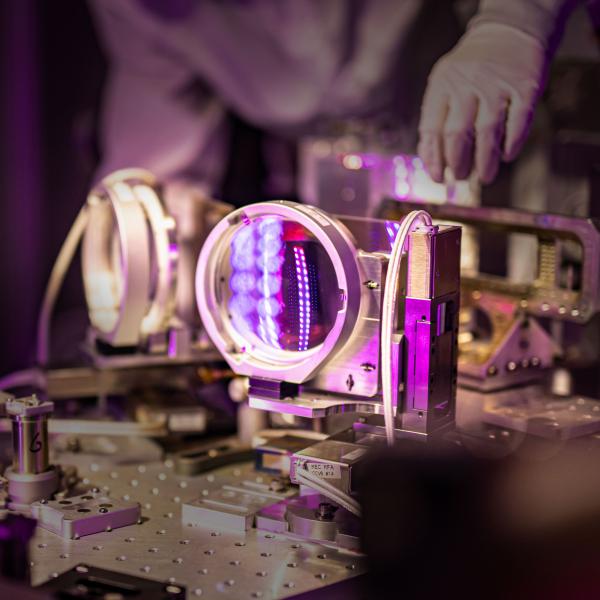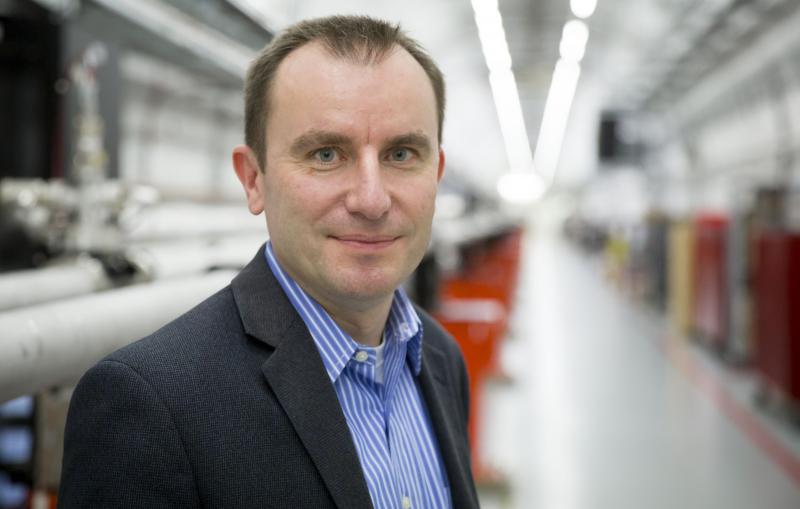Harnessing nuclear fusion would bring the clean, unlimited energy of the stars to Earth.
In 2022, researchers made history when they achieved a net energy gain from fusing atoms together at the National Ignition Facility. In a process called inertial fusion energy (IFE), one promising approach to atomic fusion, researchers used fusion fuel and lasers to generate more energy from a reaction than was used to ignite it. For IFE to become a viable energy source, significant challenges must still be overcome. These include improving the repetition rate and efficiency of laser beams, developing materials that can withstand extreme heat, and deepening our understanding of fusion reactions at a fundamental level.
Learn more about the DOE’s IFE fusion hubs
SLAC is a key partner in the STARFIRE hub, led by Lawrence Livermore National Laboratory, and the RISE hub, co-led by Colorado State University and SLAC.
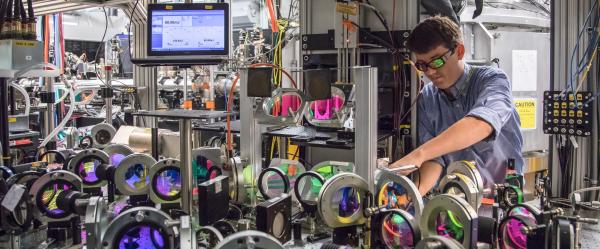
SLAC, home to the Linac Coherent Light Source, the world’s most powerful X-ray light source, provides unmatched insights into the physics of fusion. This facility, paired with a state-of-the-art upgrade to the Matter in Extreme Conditions instrument (MEC-U), also enables research on materials for fusion power plants and fusion fuel targets, as well as atomic-level observations of fusion reactions. Longtime leaders in high-powered lasers and high-energy density science, SLAC and Stanford University are key partners in the U.S. government’s largest-ever investment in fusion energy, contributing expertise in laser systems, high-repetition-rate experiments, and related technologies to two of three DOE-sponsored IFE fusion hubs in addition to many other ongoing fusion projects.
SLAC hosts meetings and workshops that unite experts from national labs, universities, industry, and students to drive fusion innovations and develop the workforce needed to achieve a future of clean, accessible energy for all.
Fusion energy explained
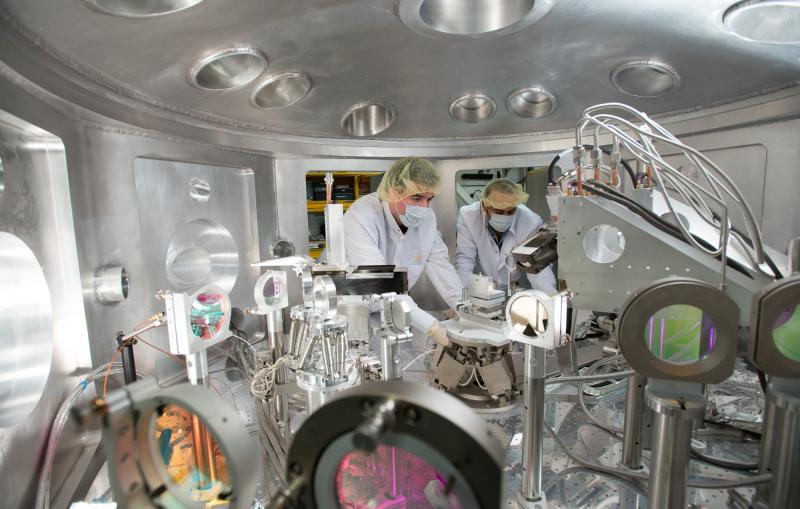
Latest fusion energy news
Meet the researchers
Here are some of the SLAC scientists working on projects related to fusion energy.
Behind the scenes
For questions or comments, contact SLAC Strategic Communications & External Affairs at communications@slac.stanford.edu.
About SLAC
SLAC National Accelerator Laboratory explores how the universe works at the biggest, smallest and fastest scales and invents powerful tools used by researchers around the globe. As world leaders in ultrafast science and bold explorers of the physics of the universe, we forge new ground in understanding our origins and building a healthier and more sustainable future. Our discovery and innovation help develop new materials and chemical processes and open unprecedented views of the cosmos and life’s most delicate machinery. Building on more than 60 years of visionary research, we help shape the future by advancing areas such as quantum technology, scientific computing and the development of next-generation accelerators.
SLAC is operated by Stanford University for the U.S. Department of Energy’s Office of Science. The Office of Science is the single largest supporter of basic research in the physical sciences in the United States and is working to address some of the most pressing challenges of our time.

